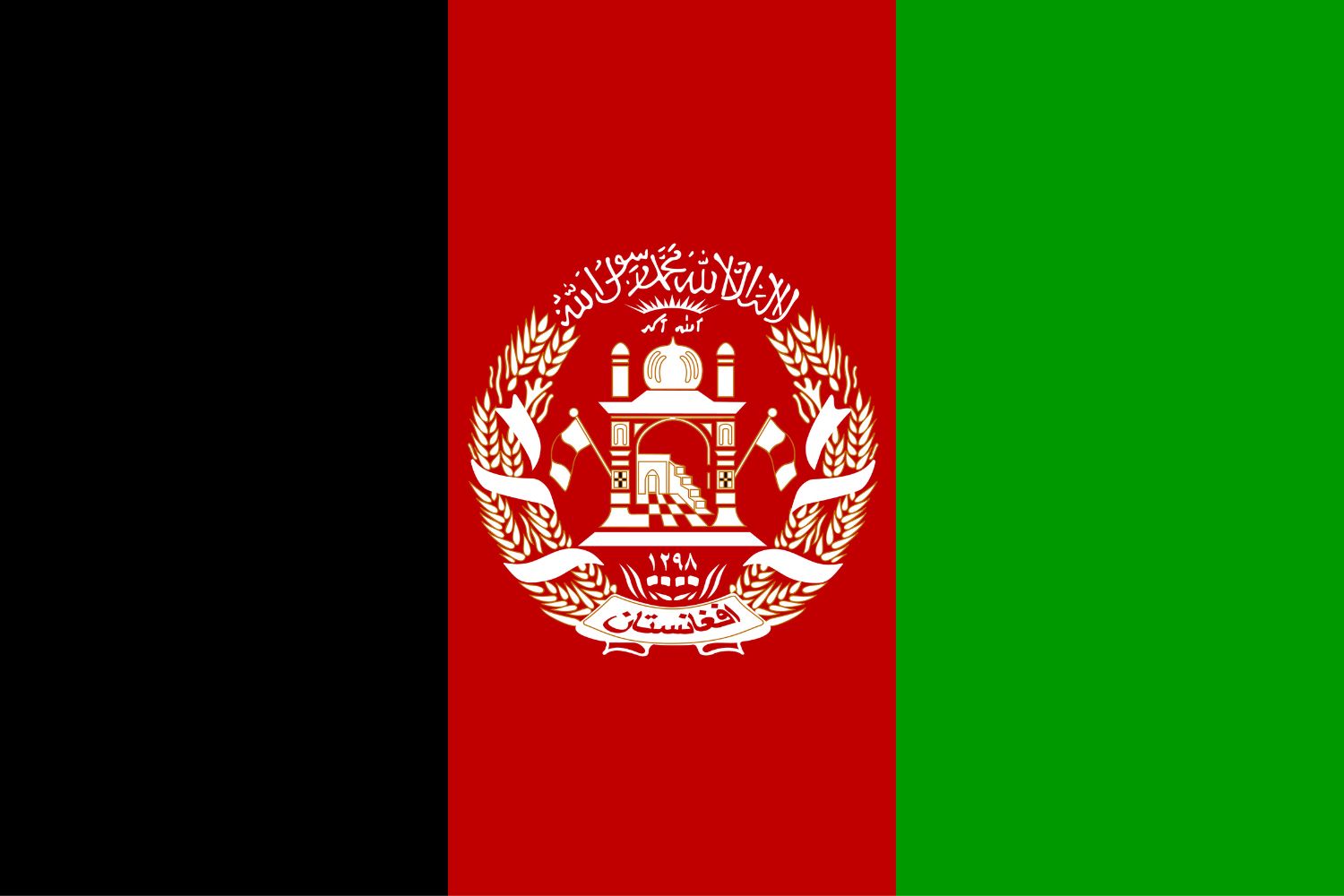shadetreeinc.com – The flag of Afghanistan is a powerful symbol that has evolved significantly over the years, reflecting the country’s complex history and its aspirations for the future. This article delves into the history, design, and significance of the Afghan flag, highlighting its role as a unifying emblem for the diverse Afghan people.
Historical Background
Since the early 20th century, Afghanistan has had numerous national flags, each representing different periods and regimes. The current flag, adopted on January 29, 2002, is a tricolor featuring three equal vertical bands of black, red, and green, with a central coat of arms in white on the red band.
Early 20th Century
In 1928, Amānullāh Khan, after returning from a trip to Europe, introduced a tricolor flag with black, red, and green stripes. The black stripe symbolized the dark ages of the past, red represented the blood shed in the independence struggle, and green stood for the hope and wealth of the future1. However, this flag was short-lived as Amānullāh was overthrown, and the old Afghan flag with a white emblem on a black field was restored.
Monarchy and Republic
When Moḥammad Nāder Shah came to the throne in 1929, the tricolor flag was resurrected and continued in use until 1973, when the monarchy was overthrown and a republic was established. Under the republic, the stripes were placed horizontally, and a new coat of arms was developed.
Communist Regimes
From 1978 to 1992, the flags reflected the ruling communist regimes. After a civil war, Islamic rebels (mujahideen) overthrew the government and adopted a new flag on December 3, 1992, featuring stripes of green, white, and black with a central coat of arms in gold. This flag emphasized Muslim values and was recognized internationally despite the mujahideen’s limited control over the country.
Taliban and Post-Taliban Era
The Taliban, which controlled most of the country from 1997 to 2001, flew white flags with Arabic inscriptions. In late 2001, the Northern Alliance, with the aid of the United States, toppled the Taliban, leading to the adoption of the current flag on January 29, 2002. This flag includes the Arabic inscriptions “Afghanistan” and “There is no deity but God; Muhammad is the messenger of God”.
Design and Symbolism
The current flag of Afghanistan features three equal vertical bands of black, red, and green. The black stripe represents the past struggles and dark periods, the red stripe symbolizes the blood shed for independence, and the green stripe signifies the hope and prosperity of the future. The central coat of arms includes a mosque, two flags, sheaves of wheat, and Arabic inscriptions, emphasizing the country’s Islamic heritage and national identity.
Significance
The flag of Afghanistan stands as a symbol of national unity, pride, and identity. Despite the country’s turbulent history and numerous changes in governance, the flag has remained a constant emblem of the Afghan people’s resilience and aspirations for a better future. It is often seen during national holidays and protests, serving as a powerful reminder of Afghanistan’s struggle for independence and its ongoing pursuit of national cohesion.
Conclusion
The flag of Afghanistan is more than just a piece of cloth; it is a living symbol of the country’s history, culture, and aspirations. Through its design and symbolism, it reflects the Afghan people’s journey from the dark ages to the hope of a prosperous future. As Afghanistan continues to navigate its complex political landscape, the flag remains a unifying force, representing the shared values and collective identity of its diverse population.
